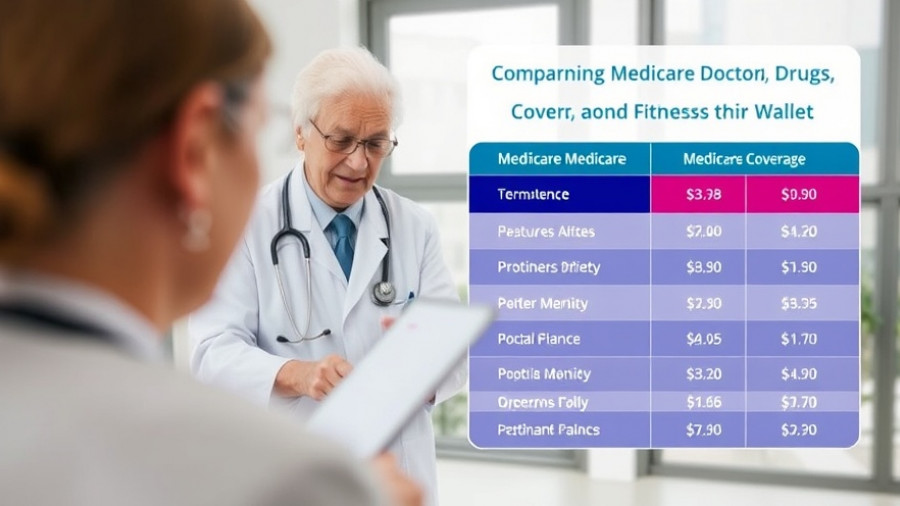
Unlocking the Secrets of Centenarians' Brains
In an intriguing study examining the brains of centenarians, researchers discovered that the impact of amyloid and tau proteins varies significantly among these resilient individuals. While most centenarians have amyloid-beta accumulation, which is often associated with cognitive decline, numerous centenarians maintain sharp cognitive skills well into their advanced age. This remarkable observation challenges the common perception that aging inevitably leads to dementia.
The Amyloid Conundrum: Resilience vs. Resistance
Out of 95 centenarians studied, more than half exhibited a low amyloid load, while only 9% showed no presence of amyloid at all. Surprisingly, a third of them had amyloid levels comparable to those diagnosed with Alzheimer’s disease. The fascinating part? Five centenarians scored in the top 25% on cognitive tests even with high amyloid loads, suggesting they possess unique protective mechanisms against cognitive decline. As Dr. Henne Holstege notes, "Even in the oldest individuals, the interaction of amyloid and tau pathology suggests that cognitive impairment is not a certain outcome of aging."
Decoding Cognitive Resilience: What’s the Key?
So, what differentiates those who age gracefully from others? The study suggests that those centenarians thriving cognitively, despite the presence of amyloid and tau, manage to keep these potentially harmful proteins at lower levels. Dr. Stacy Andersen comments on this finding, hinting at the potential therapeutic applications: "Identifying mechanisms that help manage Alzheimer's-related proteins could lead to innovative treatments that support cognitive health in all age groups."
The Bigger Picture: Why This Research is Vital
Exploring the brain health of centenarians provides essential insights not just for science but also for the improving understanding of aging. By recognizing the factors that contribute to longevity and cognitive health, researchers can better equip us to maintain mental clarity in our later years. The need for policies and social supports that facilitate healthy aging becomes even more urgent as we unlock these mysteries.
Final Thoughts: Aging Does Not Mean Decline
The findings from this study lend hope and insight into the aging process. They support the perspective that cognitive decline is not an inevitable consequence of getting older. Rather, certain individuals exhibit resilience, and understanding the underlying mechanisms could help pave the way for strategies that benefit us all. As we learn more, the narrative surrounding aging and cognitive health continues to evolve, highlighting the importance of research in shaping the future of elder care.
 Add Row
Add Row 

 Add
Add 


Write A Comment